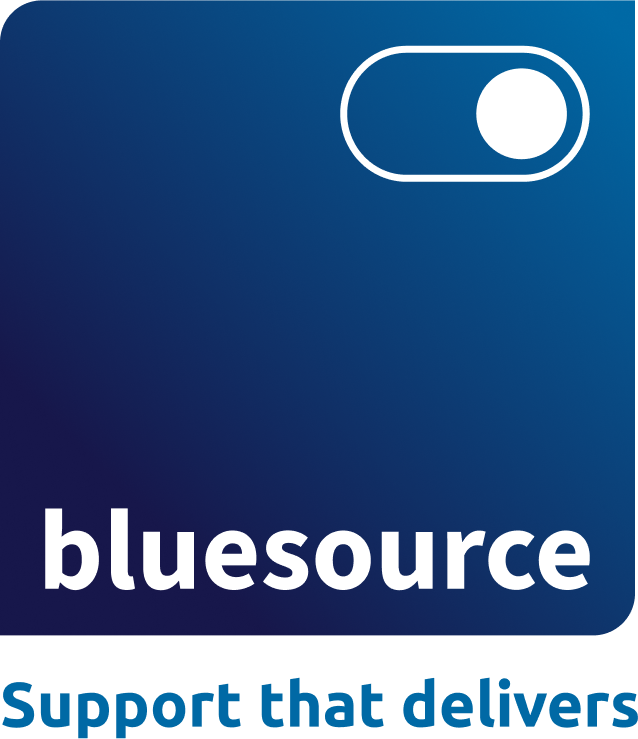5 Top Data Classification Tips
With recent analyst reports citing that data classification is a top IT security priority, there can be no doubt that it has claimed its rightful place as an integral part of a layered security approach.
bluesource has over 10 years experience of implementing data classification solutions for a wide range of customers, and we’ve learnt many things along the way and what makes a successful data classification project. Here are 5 top tips to ensure your data classification projects run smoothly:
Keep Your Data Classification Policy Simple
A data classification policy is crucial, but the simpler it is the more likely it is that users will adopt it and use it correctly. Language should be kept straightforward and make it immediately obvious what classification really means and easily distinguishable from other choices available. Add departments, process specific elements and business needs into your labelling schemes, but the basic elements must be simple and straightforward to all.
Involve Your Users in Data Classification
The more your users are involved at the outset when it comes to data classification, the better. Plan an awareness campaign to introduce data classifications to your users. Engage them as early as possible in the process and give them time to get to know this new layer in your business or organisations security provision. Provide input to enable the design of the best-fit policy.
Make Classification Quick and Easy To Use
Classifying data is often new to most employees and users, so ensuring they apply classification needs must be as simple as possible also. It must be a seamless part of all productivity tools that users deploy on a day to day basis, so make sure you consider all your users when managing large volumes of data. A unified user experience across key productivity applications ensures that all users will be able to move between them without having to learn new techniques.
Communicate Your Business Language
In order for users to relate to the idea of classifying data, the labels you ask them to apply must be applicable to your business context. The processes you deploy must also be familiar. Therefore, classification can be tailored to every aspect of your business or organisation. The more relevant your classification labels are the better your users will remember them.
One Size Does Not Always Fit All
Whatever classification scheme your business or organisation deploys it should be able to handle diversity. Large corporates need to consider of local or regional data-handling requirements and legislation, as well as different languages. The advent of Bring Your Own Device (BYOD) also adds to the range and scope of devices that will be used to create and manage data, so policies must be put in place that covers this.
To find out more about data classification and how it can help your business or organisation, download a copy of our eGuide “Business benefits from effective data classification, tagging and discovery”.
